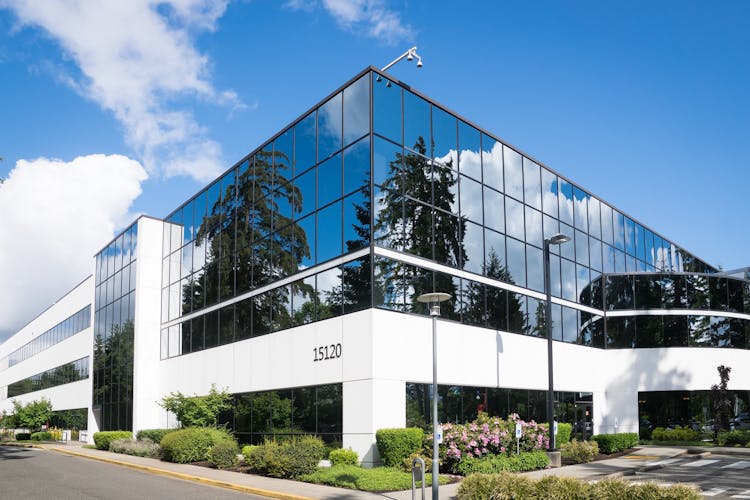
AI is a fresh threat to recent grads and job applicants, as many fear they have wasted years of study for technology to replace them. What should companies do to acquire valuable talent in the age of advancing AI?
Understanding the Modern Workforce’s Feelings About AI
Those entering the workforce with AI have mixed feelings about its presence, depending on demographics. In 2023, 22% of U.S. workers worried AI would make their positions obsolete. Fears spike more in younger generations. An estimated 28% of people aged between 18 and 34 have concerns, yet only 13% over 55 think similarly.
Considering incoming employees’ feelings about AI is only part of learning how to retain them. Corporations must strike the ideal work-life balance and benefits package to entice people to operate alongside AI assets without panic. Workers’ expectations and priorities are evolving — workplaces need to foster purpose and maintain it alongside AI integrations to retain grads.
Employers must make you and other incoming grads an operational necessity. They can’t provide job satisfaction without making you feel integral to success. Otherwise, workers feel replaceable and never develop loyalty and dedication in their roles. You will also have difficulty adapting to AI in the office.
“Corporations must strike the ideal work-life balance and benefits package to entice people to operate alongside AI assets without panic.”
Strategies for Increasing Retention in the Age of AI
Fortunately, there are methods for balancing worker needs and dissuading anxieties while adopting AI for a more productive workplace. Here are the qualities you and other prospective candidates must look for.
Implementing AI Ethically
Brands must be upfront about how they use automation as early as onboarding. Transparent communications set expectations from the beginning. They also provide peace of mind to candidates, because you’ll know your position is secure if management clarifies AI’s purpose in the context of your job.
What’s relayed here must align with clear AI regulations in the workplace. These documents should explain how employees use it at work and restrict all other applications.
Offering Professional Development
Working beside automated colleagues is less daunting than being scared your position will become defunct because of them. Employers must offer growth opportunities so grads can increase their AI literacy.
You should learn to integrate these tools into your workflow while being a responsible, competent operator. The demand for AI is up in all sectors, meaning the skill gap will be more evident unless employers put in the time to mend it.
Organizations must begin training grads soon after they walk in to make them indispensable thought leaders. If the workplace does this right, you should see opportunities to grow in your career path. Enterprises retain talent by engaging them in career advancement.
“AI demand is up in all sectors, meaning the skill gap will be more evident unless employers put in the time to mend it.”
Providing Competitive Compensation and Benefits
Offices need to do market research to determine the competitive price for the jobs they hire for. They must also discover how many businesses are phasing out specific positions for AI workers. You’re more likely to consider becoming a tenured employee if compensation prioritizes humans over technology.
Corporations should also make it clear how AI provides benefits on the job. For example, using automation-powered tools may reduce feelings of burnout by streamlining tedious tasks and identifying behavioral trends.
Challenges Faced by Companies in Retaining Graduates
Retaining grads may mean training new staff, but AI is advancing too quickly, so this could be a years-long process. Skill obsolescence is likely until it levels out and governments regulate it more thoroughly. If you and your employer understand this trend, the workplace will be better off.
Data security is another top worry. Applicants don’t want their information and identity at risk because an employer misused automation tools. Why would you dedicate your time and energy to a brand willing to risk the safety of their teams with improper AI use?
Additionally, more people are entering the tech workforce because of increased interest and high demand. With enterprises worldwide competing for top talent, turnover rates will remain high.
Many attempt to fight turnover by incorporating AI, which may help identify pain points. However, they must resist the urge to depend on it too much — it isn’t a solution for job vacancies.
“Skill obsolescence is likely until [AI] levels out and governments regulate it more thoroughly. If you and your employer understand this trend, the workplace will be better for it.”
Empowering Workers With AI
The next generation of workers fears AI will take their jobs. Employers are responsible for validating their worth by hiring and retaining them. They must promise their job security — otherwise, retention will remain low.
HR departments and recruiters must prevent the door of onboarding team members from revolving by outlining strict, clear-cut AI expectations and applications in the workplace. It’s the only way to maintain the morale of young workers working alongside the new technology.
Also Read How AI-Enhanced Medical Robots Are Redefining Precision in the OR
- SEO Powered Content & PR Distribution. Get Amplified Today.
- PlatoData.Network Vertical Generative Ai. Empower Yourself. Access Here.
- PlatoAiStream. Web3 Intelligence. Knowledge Amplified. Access Here.
- PlatoESG. Carbon, CleanTech, Energy, Environment, Solar, Waste Management. Access Here.
- PlatoHealth. Biotech and Clinical Trials Intelligence. Access Here.
- Source: https://www.aiiottalk.com/how-companies-retain-grads-in-the-age-of-ai/



